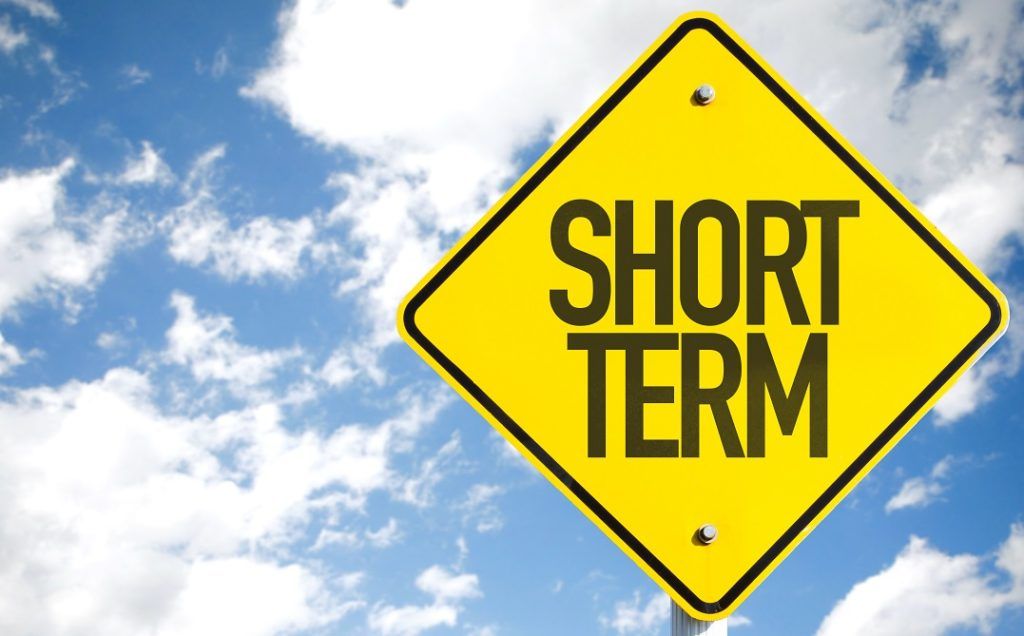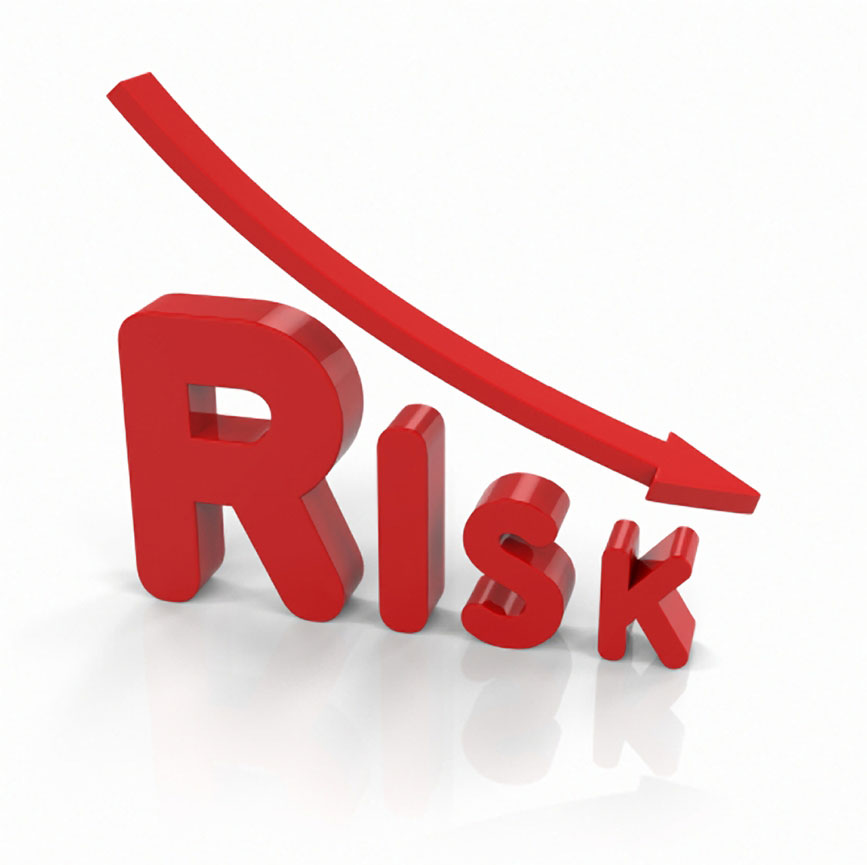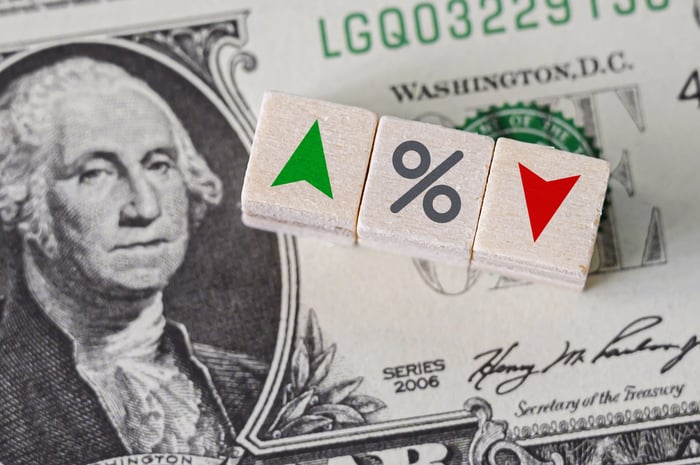Secrets of making money by investing in stocks
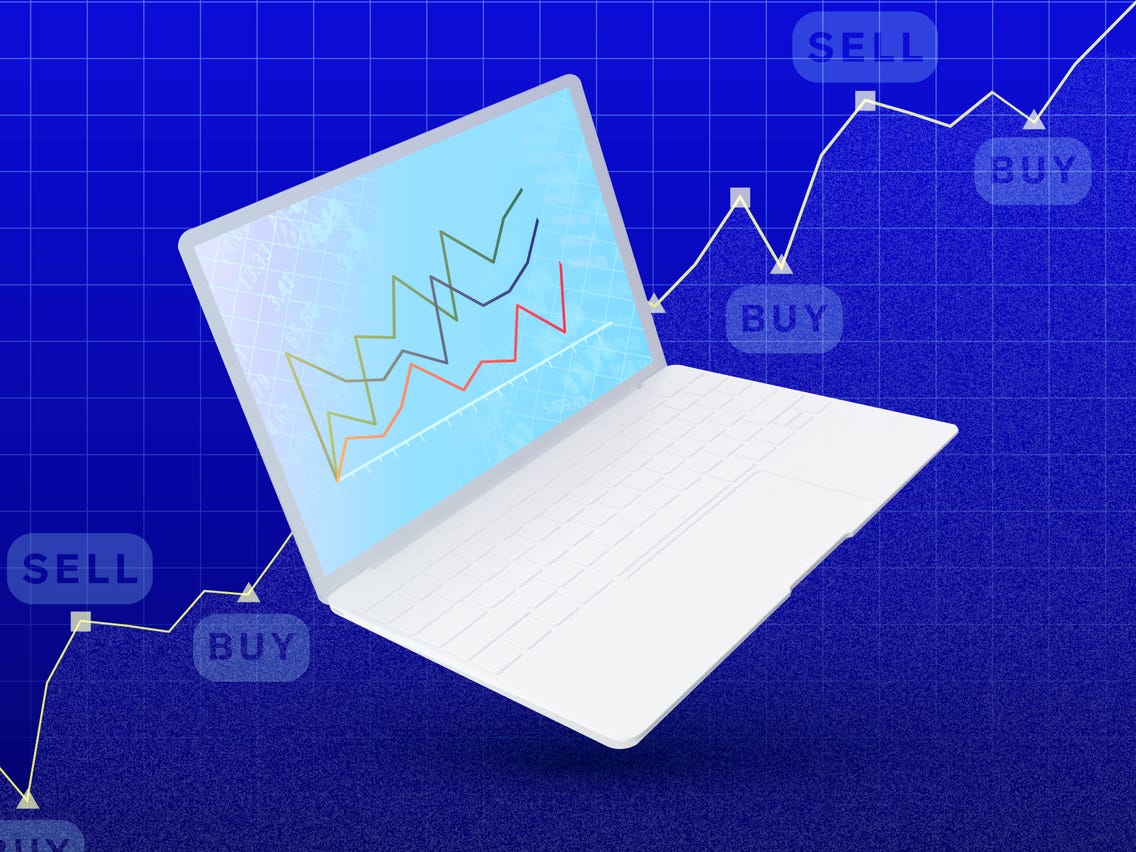
In a word, sell high and close low! Although it's straightforward, many people can't do it. Why? Because most shareholders like to follow the trend of rising and falling, they often lose money in the end.
To do this, we must avoid blindly following the crowd and dare to be different.At this time, you should have the courage to buy it. Don't be afraid. Even if it falls again, it will not drop a lot.
Once the price rises, those who follow the trend will follow the trend and buy. When the price is high, you will sell immediately. Those who believe in a high price will not make much money. Once the high price falls, they will lose money, which is the result of chasing up and killing down.
Why do we need to do asset allocation?
We ask: Why should we allocate assets? Most investors may have some concepts: asset allocation can reduce risk. But in fact, what risks can asset allocation reduce? Many investors may not have specific feelings, but only hearsay that distribution can reduce risks. In fact, it has been nearly ten years since our recent market-wide systemic crisis (the U.S. financial crisis in 2008 and China's economic crisis in 2009). Many investors who have experienced these two events have already healed their pain.
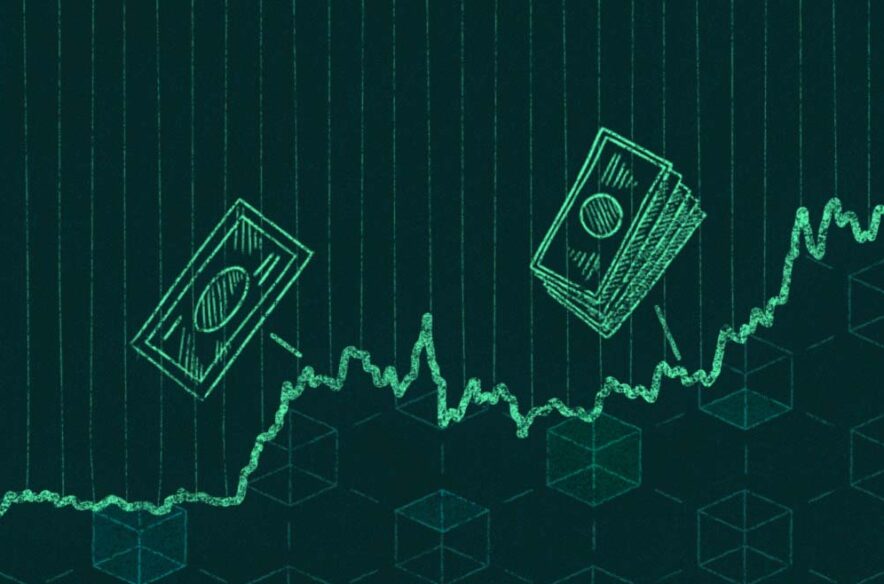
For most investors, it is challenging to resist investment risks with a long investment cycle (more than 20 years) due to the unclear investment cycle. In short-term investment, the most considerable risk faced by investors is the most significant withdrawal. What is the maximum rollback? In fact, it is the most significant decline of a specific stock or asset in history. A lot of academic research shows that when the average investor is faced with a floating loss of about 40%, his psychological defense will be basically broken, and he will be forced to leave. First, let's see how significant the largest pullback will be when we hold a single stock or a single asset in history.
Risk of investing in a single stock
In fact, it should be a good thing to like to speculate in stocks: through your own analysis of the company, you can buy and hold (or short) to get returns.Investors can grow with the company and share the dividends of the company's sustainable development. The idea is terrific, but the reality is very skinny.
From 1980 to 1997, the most extensive five-year pullback distribution of 3000 US stocks.
1. From 1980 to 1997, there were 58% of stocks, with a decline of more than 50%. There are only six stocks, with a maximum decrease of less than 10%.
2. From 1998 to 2015, as the United States experienced two systemic crises, more than 86% of the stocks fell by more than 50%. There are only two stocks, with a maximum decline of less than 15%.

(Writer:Seli)

